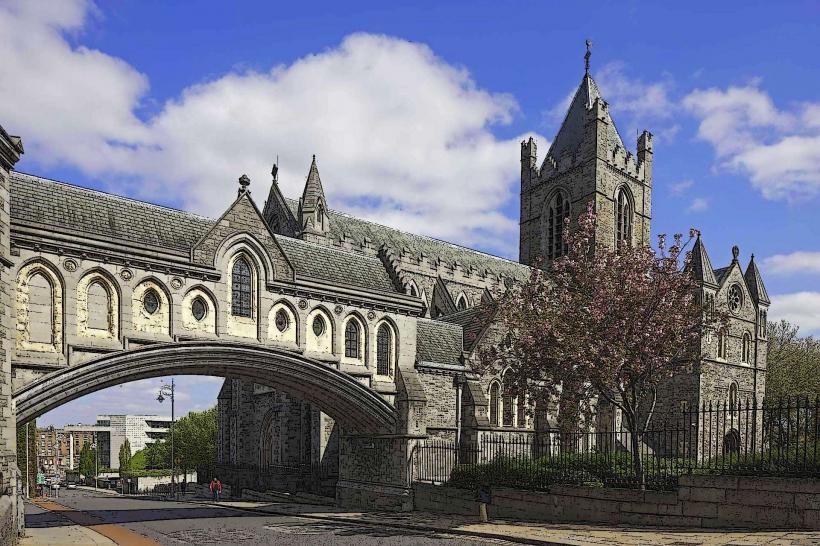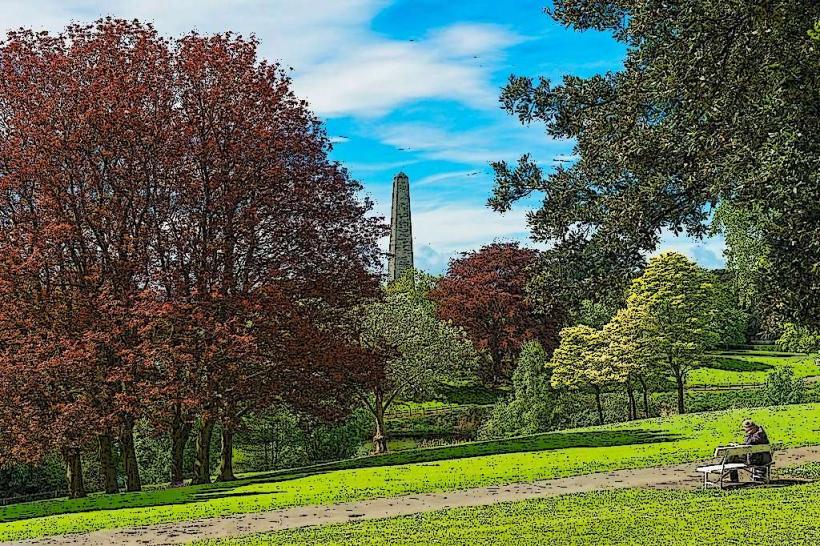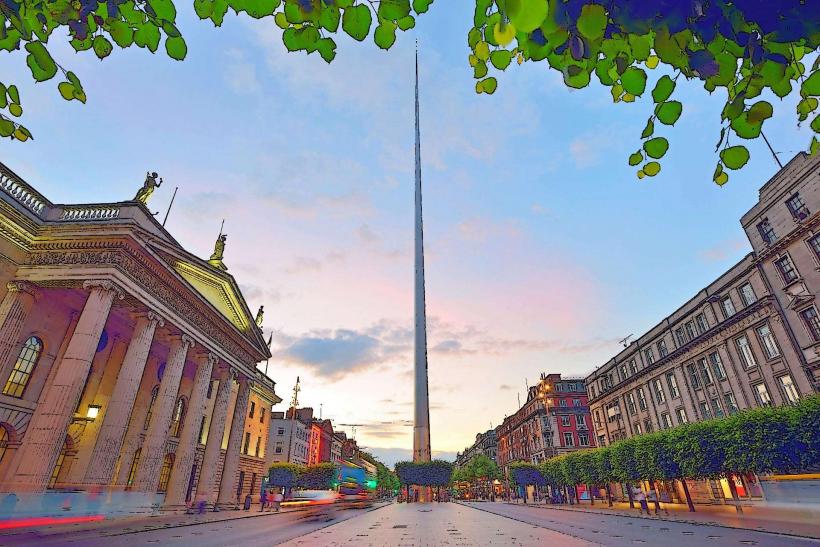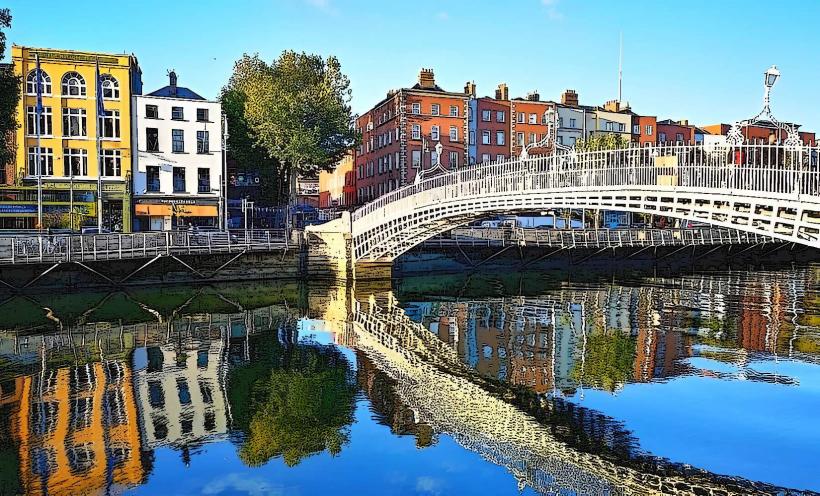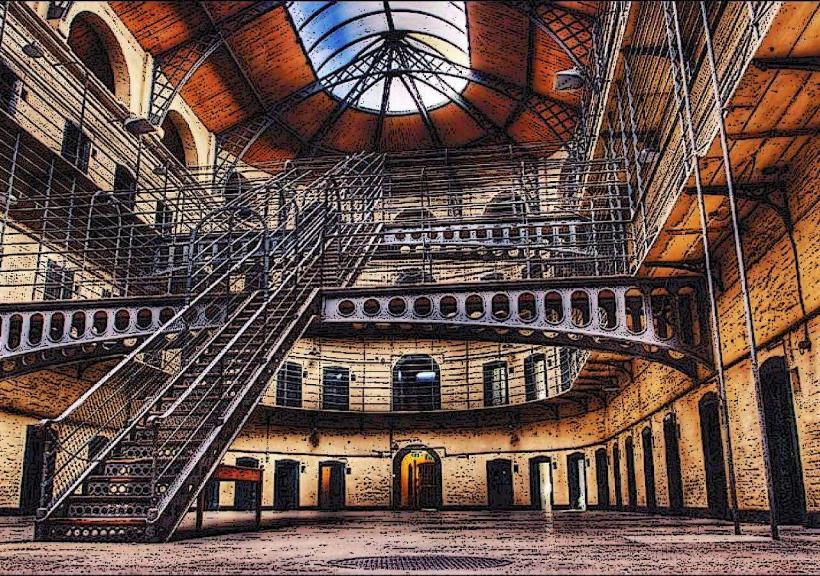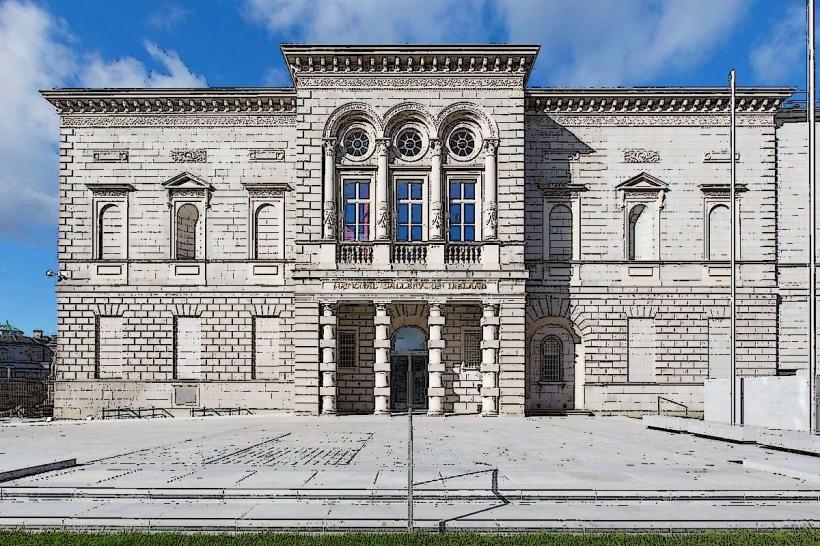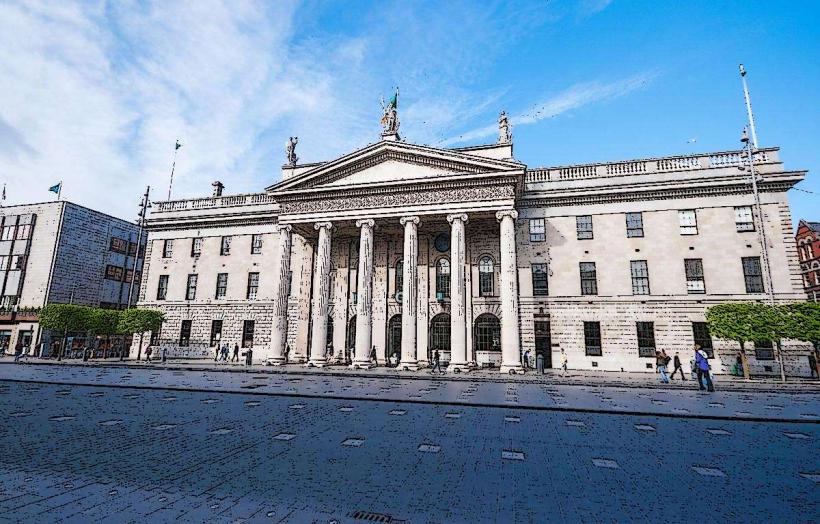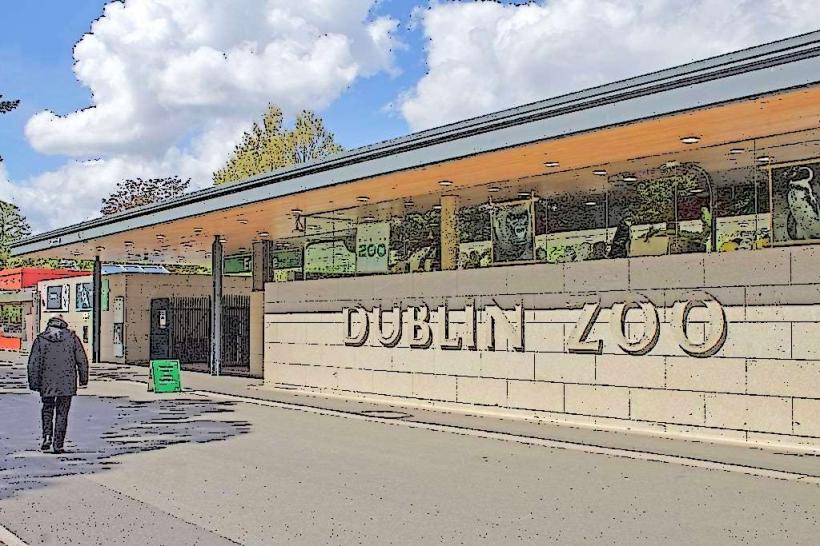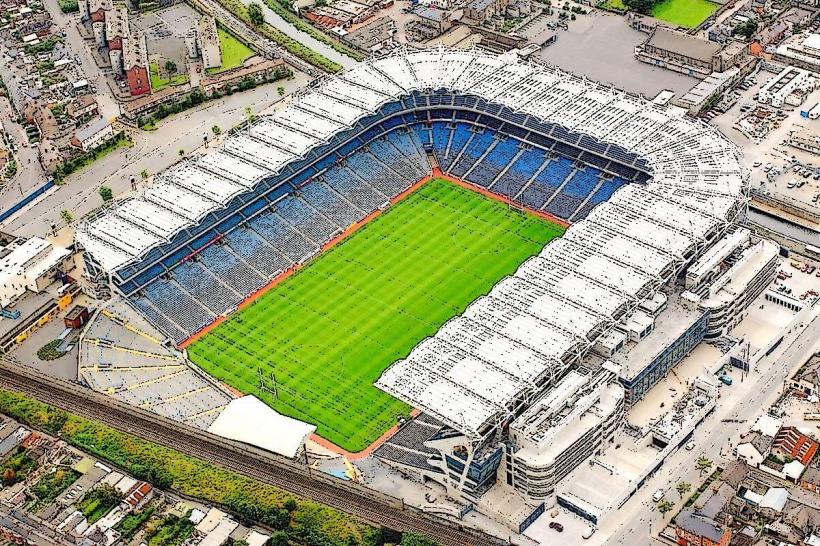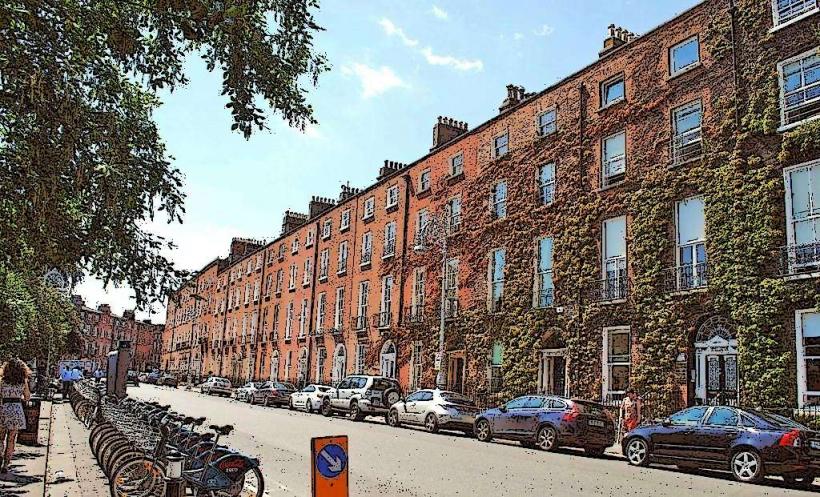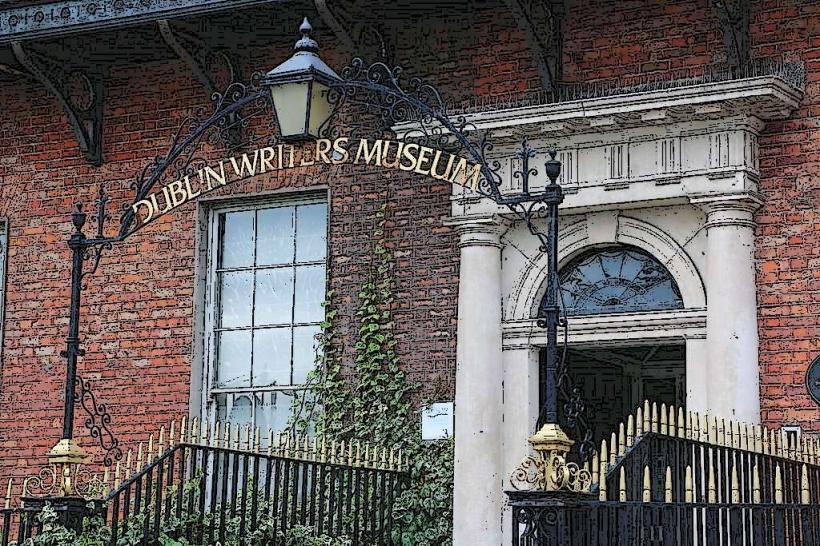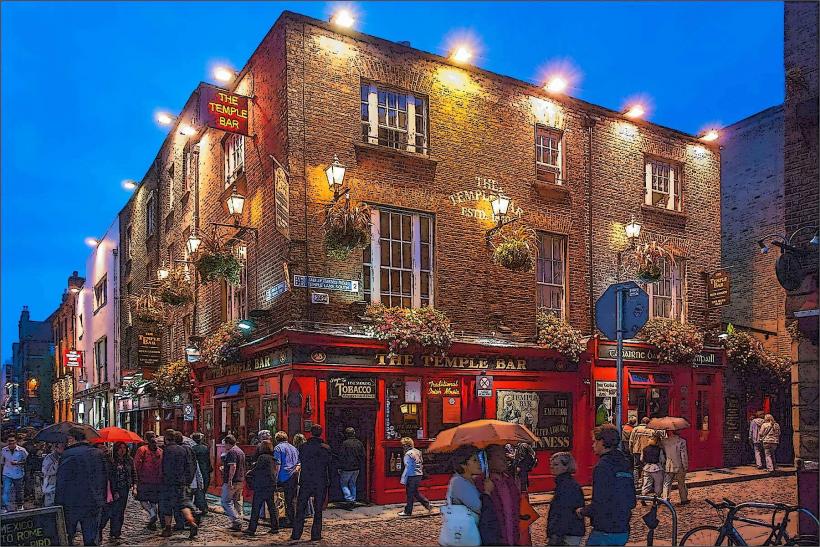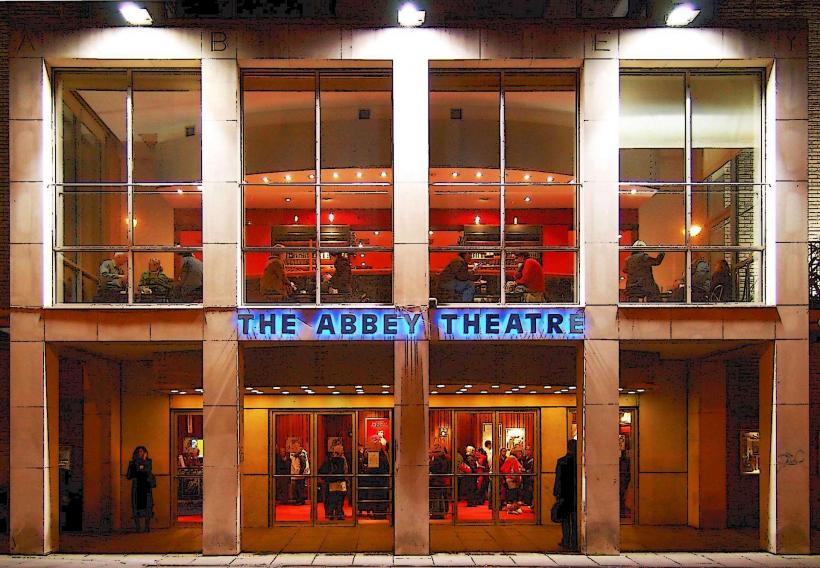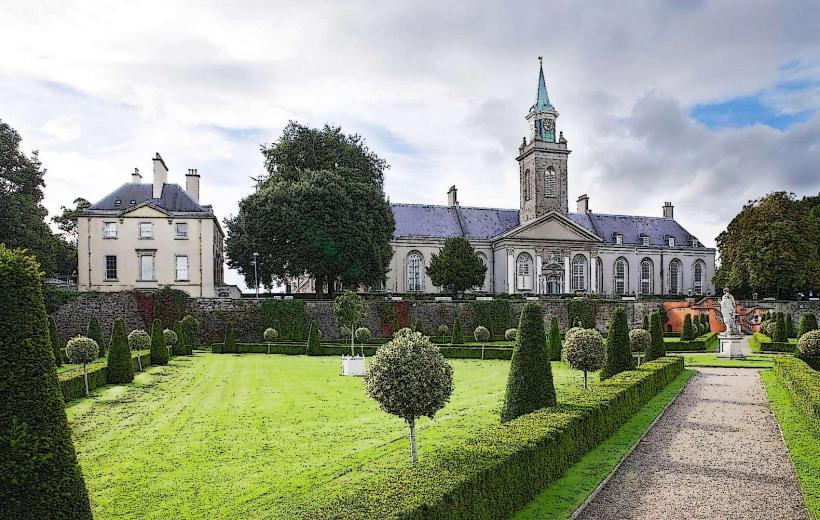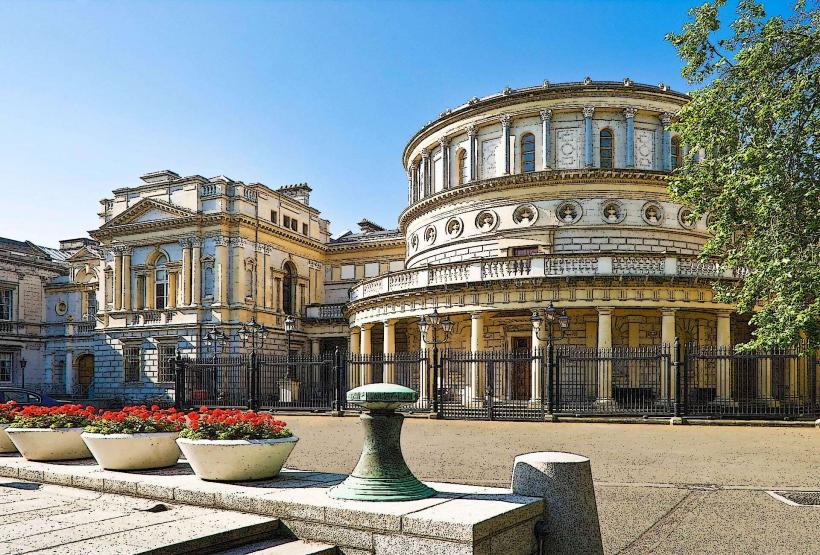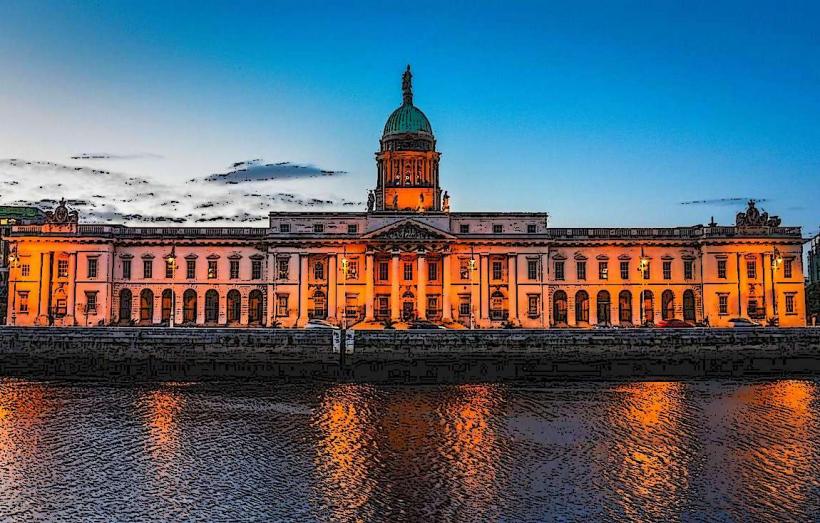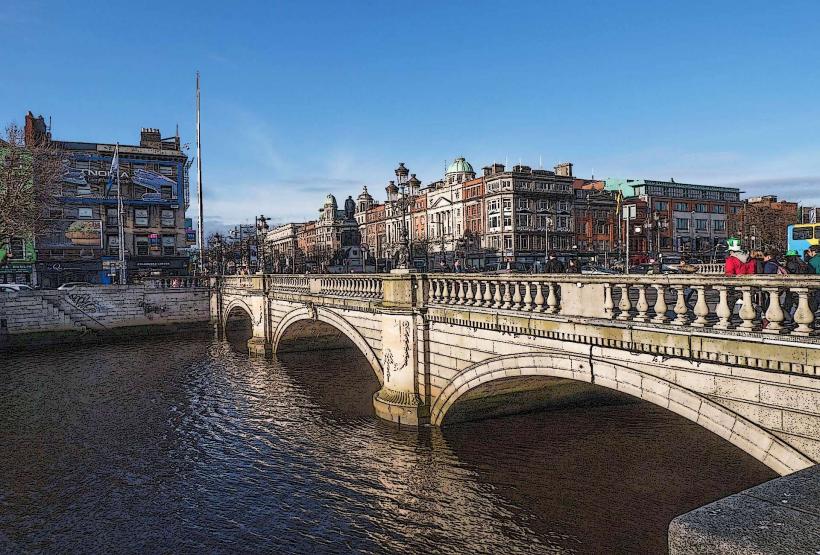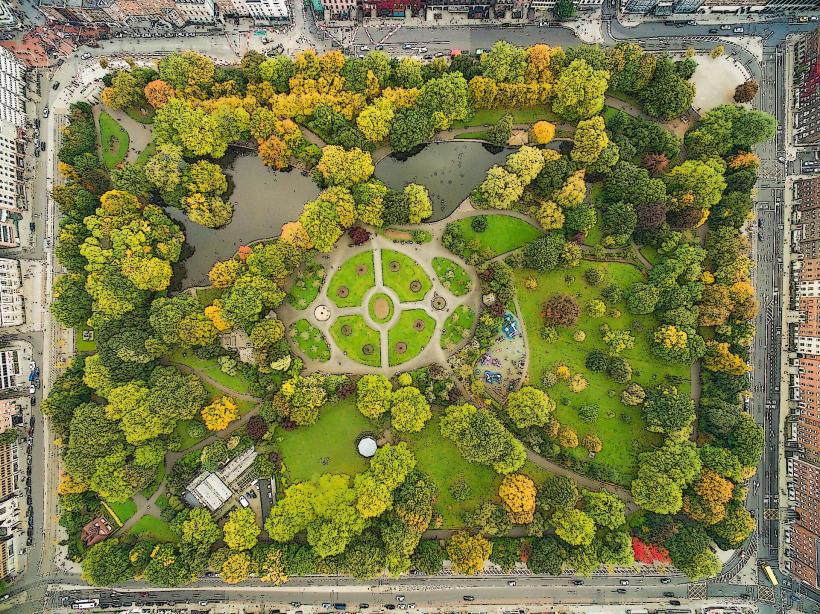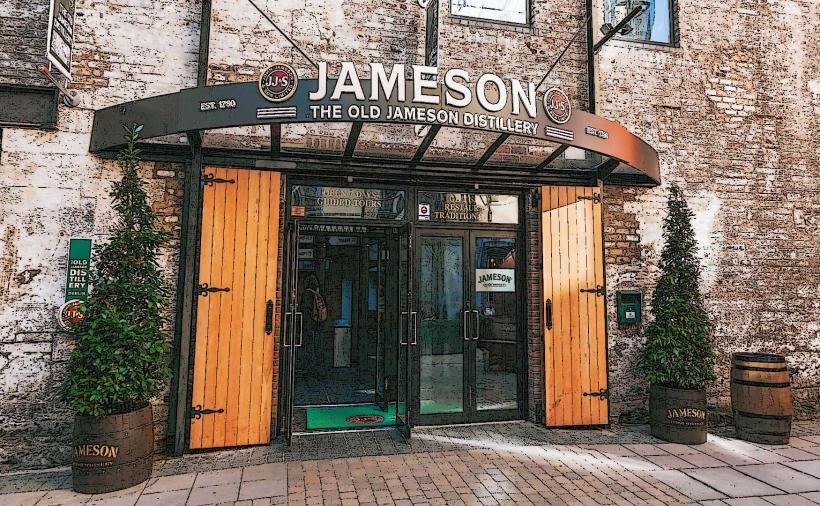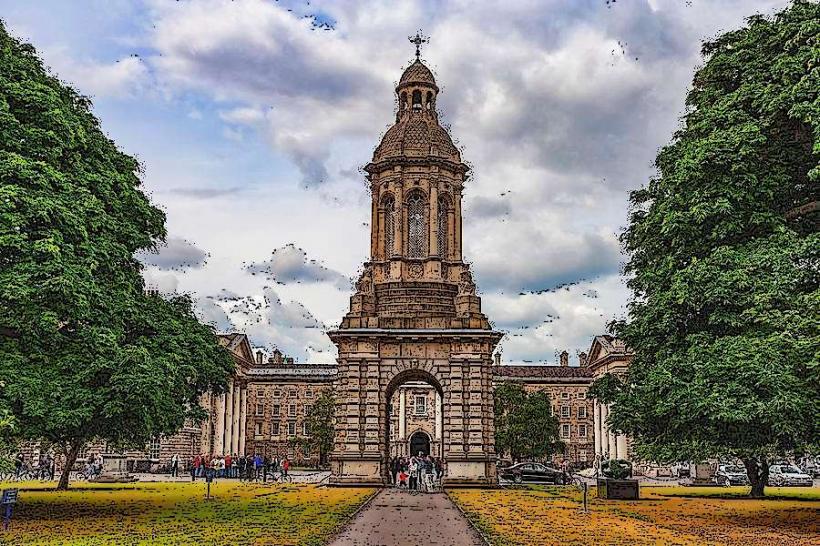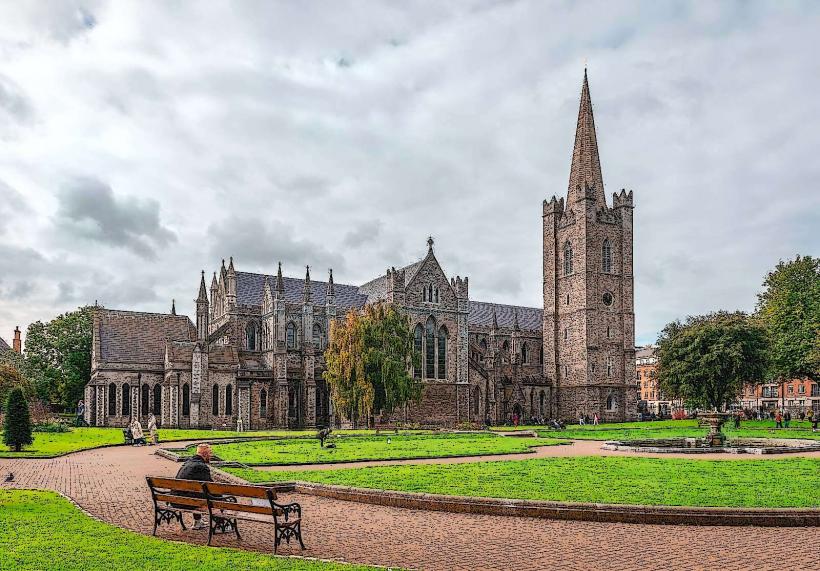Information
Landmark: DubliniaCity: Dublin
Country: Ireland
Continent: Europe
Dublinia is a popular museum and heritage center located in the heart of Dublin, Ireland, dedicated to showcasing the city’s Viking and medieval past. It offers an immersive experience that brings to life the rich history of Dublin from its Viking origins through the medieval period, providing visitors with an opportunity to explore how the city developed and transformed over the centuries.
History and Background
Viking Dublin: Dublin was founded by the Vikings in the 9th century, and the museum is located in the Old Synod Hall of St. Michael’s Hill, close to the site of Viking Dublin. The museum focuses on the city’s transformation from its Viking roots to the medieval period, highlighting the importance of the Vikings in establishing Dublin as a key settlement.
Founding of Dublinia: The museum was established in 1993 and is named after the Latin name for Dublin, "Dubhlinn", which means "black pool" and refers to the dark pool in the River Liffey that was central to the Viking settlement. Its aim is to educate visitors about Dublin’s Viking and medieval history through engaging exhibits, interactive displays, and reconstructions of Viking life.
Exhibitions and Features
Dublinia’s exhibitions are designed to be highly interactive and educational, making it a great destination for visitors of all ages. Here are some of the key areas of the museum:
The Viking World: This section explores the Viking Age, focusing on their arrival in Dublin around the 8th-9th century and their lasting impact on the city. It includes:
- Viking artifacts: Visitors can see authentic Viking tools, weapons, and everyday items that were used by the settlers.
- Viking houses and lifestyles: Reconstructed Viking houses, complete with furnishings, allow visitors to experience what life was like for a Viking family.
- Interactive exhibits: Displays about Viking shipbuilding, trade routes, and the role of the Vikings in European history.
Medieval Dublin: This exhibition covers Dublin during the medieval period, from the 12th century through to the 16th century, a time when Dublin grew from a small Viking settlement into a bustling medieval city. Highlights include:
- Medieval Dublin: The museum shows how Dublin was divided between the Anglo-Normans and the Irish during medieval times. It includes a recreated medieval street with detailed reconstructions of shops and living spaces.
- Medieval Life: Learn about the people of medieval Dublin, from traders and craftsmen to nobility and clergy.
- Artifacts: Medieval coins, armor, and manuscripts provide insight into the everyday life and governance of the city during this period.
The History of St. Michael’s Hill: The museum is housed in the Old Synod Hall, a building with its own rich history. It was once part of the medieval St. Michael’s Church and was later used for various purposes, including as a meeting place for Dublin’s ecclesiastical leaders. Visitors can learn about the building’s historical significance as part of the exhibition.
Medieval Dublin’s Streets: The museum offers a chance to step into the past with reconstructed medieval streets and buildings. Visitors can explore how homes, shops, and public spaces were laid out in medieval Dublin, providing an authentic feel of the medieval city.
Archaeological Finds: Dublinia houses many archaeological discoveries made during excavations in the city. These finds, ranging from pottery to human remains, give visitors an understanding of how archaeological research sheds light on the past.
Interactive and Family-Friendly Features
Virtual Reality: One of the museum’s highlights is its use of virtual reality (VR) to transport visitors back in time. VR headsets and interactive exhibits allow you to walk through a Viking-era Dublin or explore a medieval house, giving a vivid sense of the past.
Living History: Periodically, costumed interpreters in the museum engage with visitors, demonstrating how Vikings lived, what they wore, and how they worked. This makes the exhibits feel even more immersive and gives visitors a chance to learn in a hands-on way.
The Viking Dig: This interactive exhibit is perfect for families. It allows children (and adults) to participate in a simulated archaeological dig, where they can uncover Viking artifacts and learn about the process of archaeological excavation.
The Tower: One of Dublinia’s best features is the medieval tower that offers stunning views of Dublin. Visitors can climb to the top of this tower for panoramic views of the city and gain a unique perspective of how the medieval city would have appeared.
Location and Accessibility
Location: Dublinia is centrally located in Wood Quay, close to other key historical landmarks, such as Christ Church Cathedral and St. Patrick’s Cathedral. It is easily accessible by foot, tram (Luas), or bus from most parts of the city.
Opening Hours: Dublinia is typically open daily throughout the year, with shorter hours during the winter months. It is recommended to check the museum’s website for up-to-date information on opening hours.
Admission: Admission fees are generally affordable, and there are discounts for students, children, and senior citizens. Family tickets are also available, making it a great option for a family day out.
Educational Programs and Events
Dublinia is not only a museum but also a center for educational programs and events. The museum regularly hosts workshops, lectures, and special events related to Viking and medieval history. These programs are designed for schools, families, and history enthusiasts, providing a deeper dive into Dublin's past.
Conclusion
Dublinia offers a rich, interactive experience that brings the city’s Viking and medieval past to life. Whether you’re a history enthusiast, a family looking for an engaging activity, or simply curious about Dublin’s heritage, Dublinia provides an excellent opportunity to step back in time and explore the origins of this fascinating city. Through its engaging exhibits, historical reconstructions, and immersive experiences, Dublinia is a must-visit for anyone interested in learning about the roots of Dublin.

